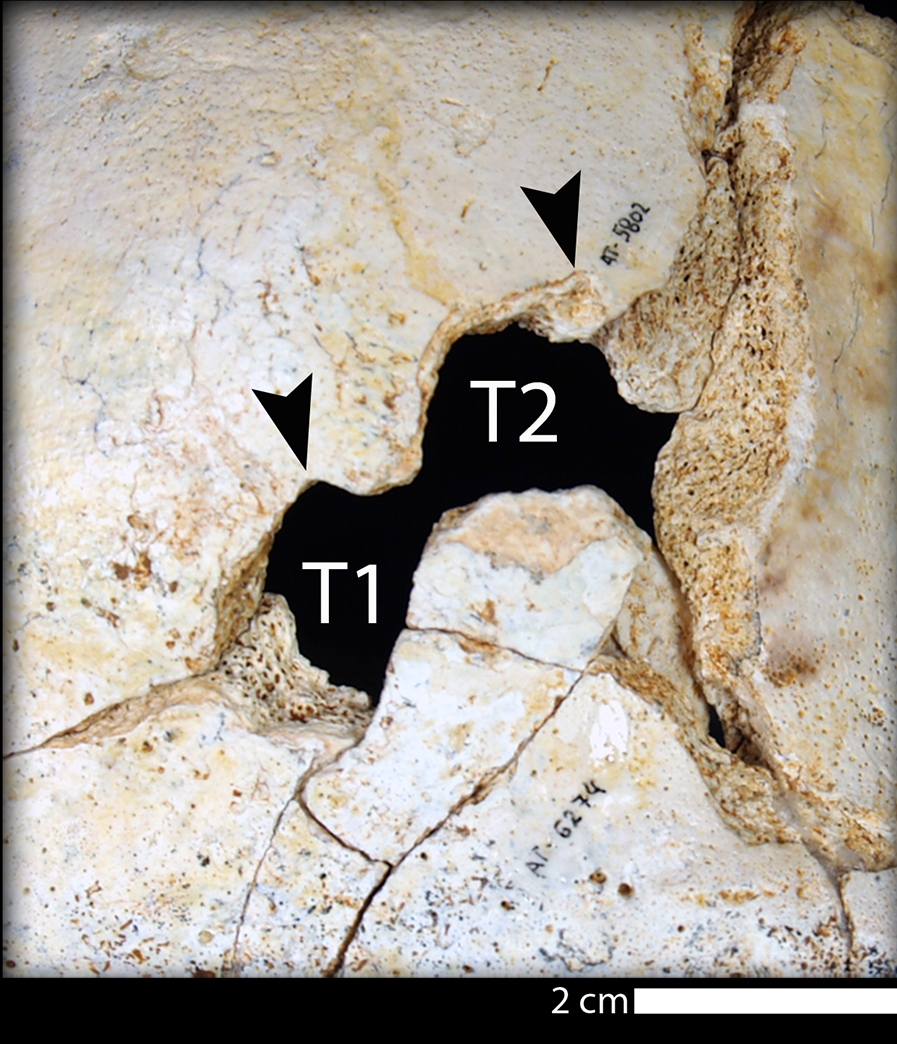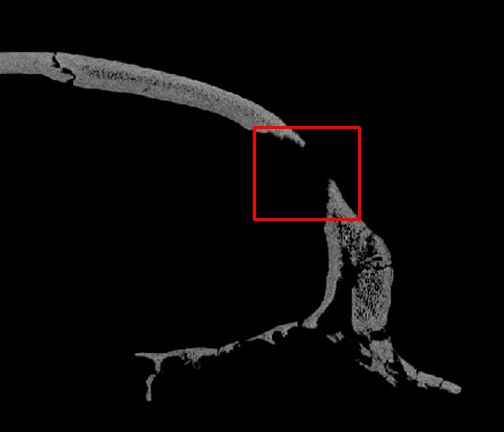Forensic Case Files: The Oldest Known Murder
/
There’s a lot we’ve learned about our distant ancestors, the many species that dead-ended or contributed to the evolution of Homo sapiens. But there’s a lot that skeletal remains and fossil records don’t contain—direct evidence of interpersonal relationships, for example. This past week, a team of Spanish, American, French and Chinese scientists was able to shine a light on our long past ancestors when they revealed the oldest murder victim yet on record dating from 430,000 years ago (the original open access paper can be found here).
If you’re like me, that’s such a long time ago that it’s almost impossible to wrap your head around it. 430,000 years ago, we didn’t exist as a species. That was during the Pleistocene epoch, a geological age that lasted from 2,588,000 to 11,700 years ago and included the last of our recent ice ages. The particular species in question, Homo heidelbergensis, is from the same genus as us (Homo) but differs at the species level (heidelbergensis vs. sapiens; although to be more exact, modern man is considered a more specific subspecies, Homo sapiens sapiens). Scientific opinion on our relatedness to Homo heidelbergensis differs, with some scientists considering us to have evolved from them, while other theories place them on another branch of the evolutionary tree altogether. Either way, these were people who roamed northern Spain approximately 230,000 years before we first appeared on the African savanna.
Researchers discovered a mass grave when they were excavating a cave named Sima de los Huesos, Spanish for the ‘Pit of the Bones’, in the Atapuerca mountains in the north of Spain. This mass grave represents the earliest known funerary rights of early man.
The cave is located at the bottom of a 43-foot vertical shaft and contained a mixture of animal bones and the remains of 28 individuals. At first scientists questioned if some of the remains in the cave were the result of a catastrophic fall; some may have been, but overall antemortem vs. post-mortem bone damage of the remains contradicts this theory. However, the presence of one individual leads them to believe that many of them were deposited there after death by their fellow hominins.
Cranium 17 (pictured above), belonging to a young adult, was found within that cavern. Exhibiting two distinctive penetrating and fatal wounds above the left eye, it is clear that this individual did not die of natural causes. Due to the placement and pairing of the wounds, researchers theorize that a face-to-face encounter of ‘interpersonal violence’ occurred leading to the death of one of the two combatants. They also theorize that due to duplicate weapon strikes, either of which would have been fatal, the intention was clearly to kill and the second strike was simply a safeguard in case the first was insufficient to cause death.
Researchers have studied the wounds both microscopically and via CT scan. Measuring nearly an inch across, both wounds appear to have come from the same weapon as a similar notch appears in both defects (the black arrow marking T1 and T2 below). One aspect of the CT scan that struck me is that the weapon created a similar oblique fracture angle on the underside of the skull (see the red box in the scan below) that forensic anthropologists note when describing bullet injuries to the skull.
It is possible that the injury may have been accidental, but the mechanics of such a front-facing injury imply that it was likely intentional. The theory is supported by the presence of two identical weapon strikes. You might accidentally hit a person or be hit by something once, but twice is likely an intentional act. Furthermore, a wound on the left side of the body in a front-facing attack implies a right-handed attacker using a standard tool. In fact, the authors suggest a wooden or stone-tipped spear or a stone axe handle might have been the weapon of choice.
While interpersonal violence has been well documented since Neolithic times (10,200 to 2,000 B.C.), it has always been assumed to exist in earlier man’s interpersonal relationships. However, this is the first documented case of direct trauma responsible for an intentional death in one of modern man’s earliest ancestors.
Photo credit: Javier Trueba





 87.5%
87.5%